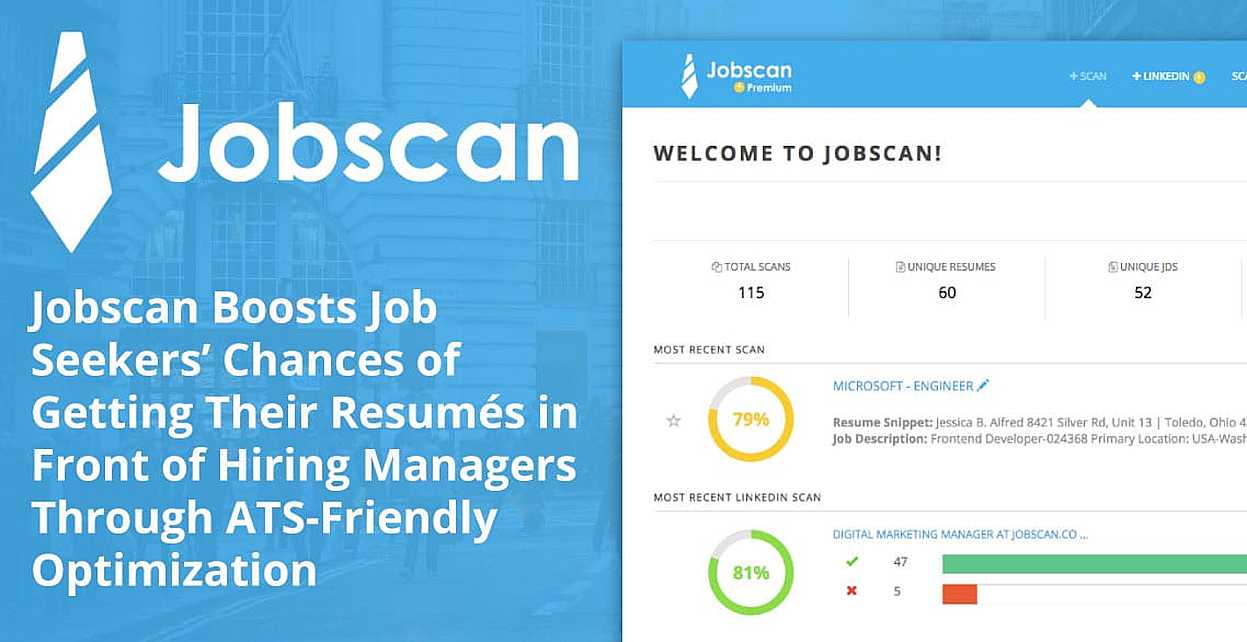Sending your resume into the online job portal black hole is frustrating. You spend hours crafting the perfect resume only to potentially have it ignored by applicant tracking systems. AI resume optimization is the future.
According to recent surveys, over 75% of resumes never get seen by human eyes. Instead, they are digitally filtered out by rigid algorithms.
How Applicant Tracking Systems Work
Before optimizing your resume, it’s important to first understand how applicant tracking systems function:
- ATS software actively scans resumes seeking specific keywords, titles, and skills that match the job description.
- Algorithms then score and rank candidates based on the percentage of matches found.
- Resumes with low scores consequently get automatically filtered out and rejected.
- Only the highest scoring resumes will proceed for evaluation by the recruiting team.
Optimizing your resume means proactively ensuring you have sufficient matches to make it through this initial gatekeeper stage.
Why Optimizing Your Resume Matters
Without customization, even highly qualified candidates can unexpectedly get overlooked:
- ATS algorithms, while efficient, are still imperfect and may discount qualified applicants.
- Seemingly minute differences in wording or ordering of information can negatively impact your score.
- Lack of targeted keywords will rank you lower for relevancy to the role.
- Poor formatting choices like columns and tables can further confuse algorithms.
Optimizing fixes these issues so you can accurately portray your best self to the algorithms.
How Jobscan Optimizes Your Resume
Jobscan is the leading AI-powered resume optimization solution:
First, simply copy and paste the full text of the job description right into Jobscan. This allows the AI to thoroughly analyze the employer priorities.
Next, upload a Word doc or PDF of your most recent resume.
After that, Jobscan will actively scan your resume and systematically compare it to the target job description, identifying any gaps.
You’ll then receive a detailed optimization report of areas for improvement and customization.
Therefore, make the recommended tweaks to highlight your related skills and experience.
Additionally, adjust wording and ordering to increase your targeted keyword matches.
Finally, resubmit your edited resume to maximize your “Resume Match” score.
Once your match score is sufficiently high, you can confidently apply knowing you customized your resume specifically for this role.
Optimal Resume Formatting
Here are key formatting best practices for an ATS friendly resume:
- Use clear, standard fonts like Arial or Times New Roman. Avoid stylized fonts.
- Only include columns or tables if absolutely necessary.
- Actively incorporate plenty of white space and avoid dense blocks of text.
- Use standard date formats like MM/YYYY that are recognized globally.
- Save and export your finalized resume as a .DOCX not PDF.
- Concisely prune accomplishments down to impactful, hard-hitting points.
Research Target Keywords
Conducting thorough keyword research will allow you to seamlessly incorporate relevant terms:
- Carefully review the job ad and circle all key technical skills, responsibilities, qualifications.
- Additionally, search for other similar job listings and note common themes and keywords.
- Also, check LinkedIn profiles of people in your target role and industry. Identify common skills and buzzwords.
- Furthermore, brainstorm related words and alternative phrasing for your top skills and accomplishments.
 Customize for Each Application
Customize for Each Application
Avoid blasting out the same generic resume to all postings. Instead, target each application:
- Read the job description closely and highlight specific phrases to integrate into your resume.
- Include any synonyms, alternative phrasings, or abbreviations for key skills stated in the ad.
- Additionally, tweak the ordering of resume sections to lead with your strongest assets for this particular role.
- Moreover, add or remove niche experiences or skills to closely match this specific opportunity.
Other Key Resume Tips
Additional techniques for resume optimization:
- Use data to quantify and demonstrate impact of each accomplishment. Numbers and metrics stand out.
- Optimize resume section titles such as “Digital Marketing Experience” instead of just “Experience”.
- Only include information specifically relevant to your target industry and role. Keep it hyper focused.
- Mention specific tools, software, products used in your work history that are listed by the employer.
- Perform A/B testing submitting slightly different resume versions to see which scores higher.
Start Optimizing With Jobscan
This breakdown illustrates the importance of optimizing your resume. Don’t send another application without customizing for the job first.
Sign up with Jobscan today to start boosting your visibility and land more interviews! If you enjoyed this ailearninglabs article share it with a friend.



